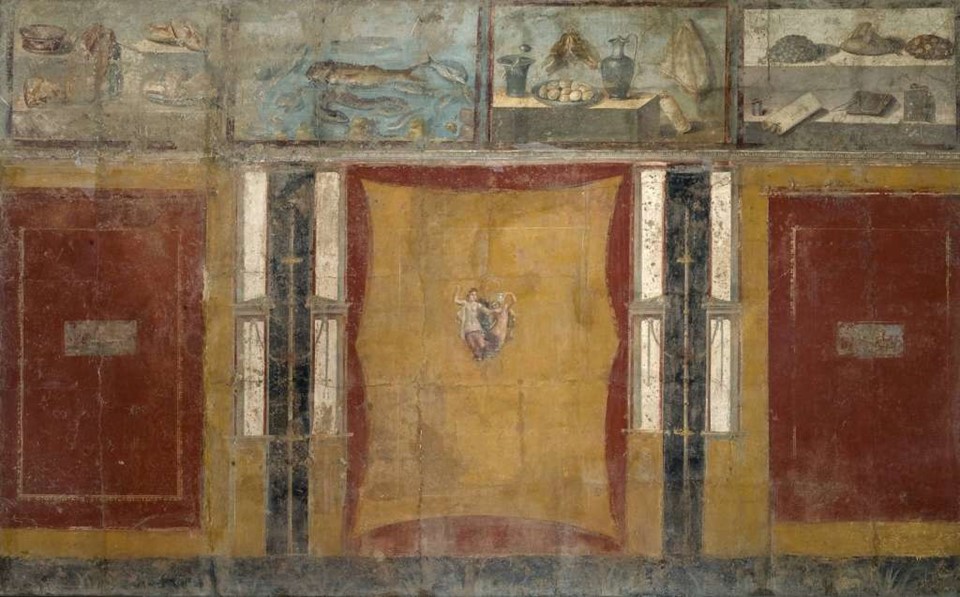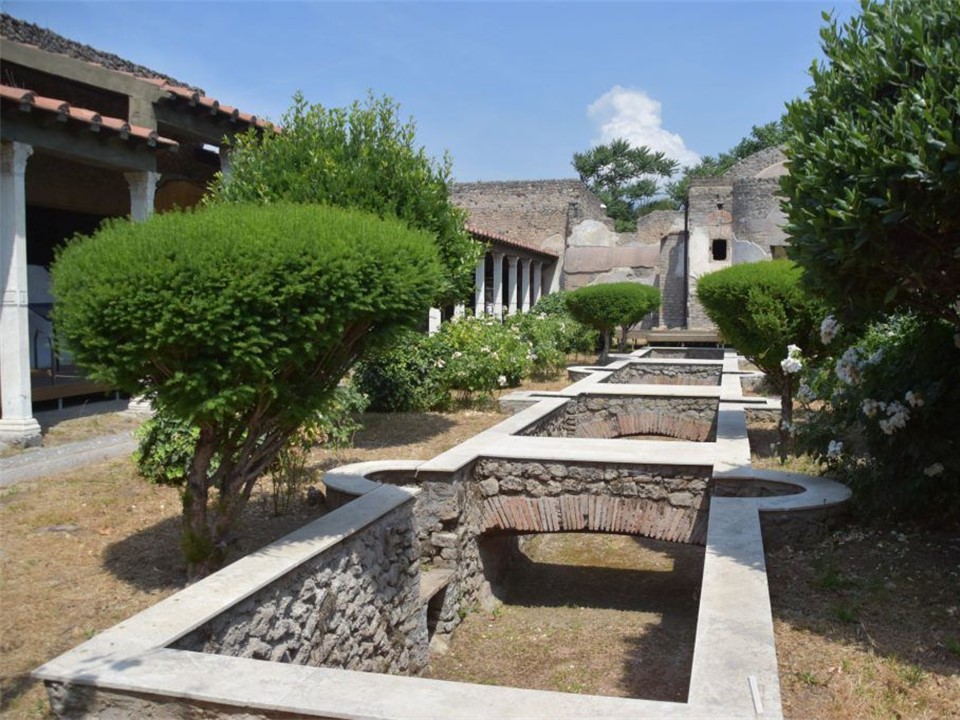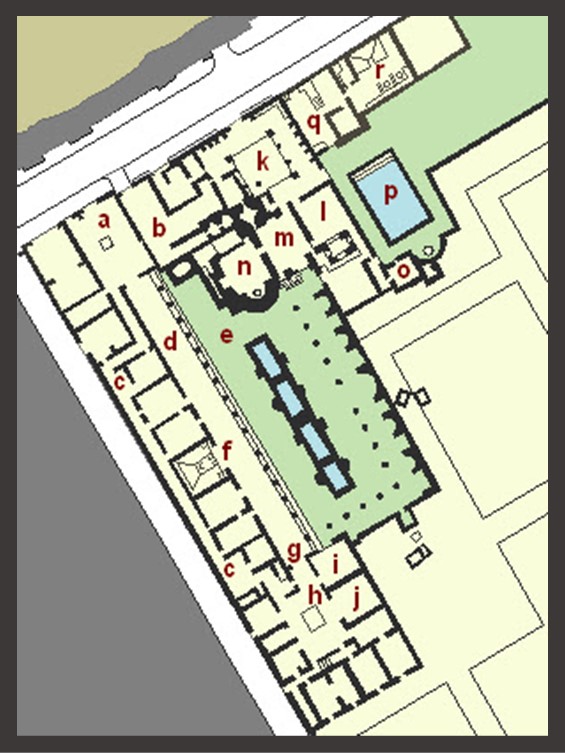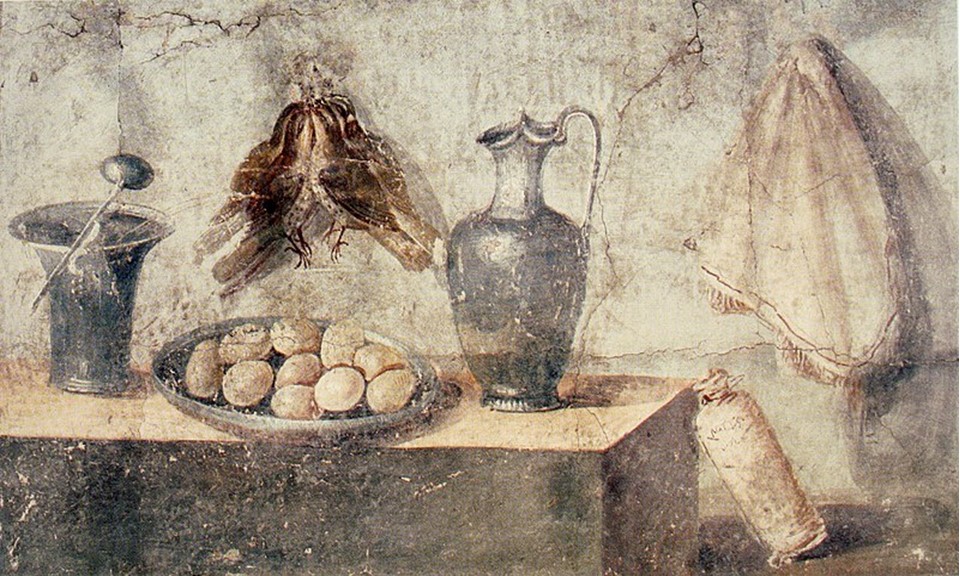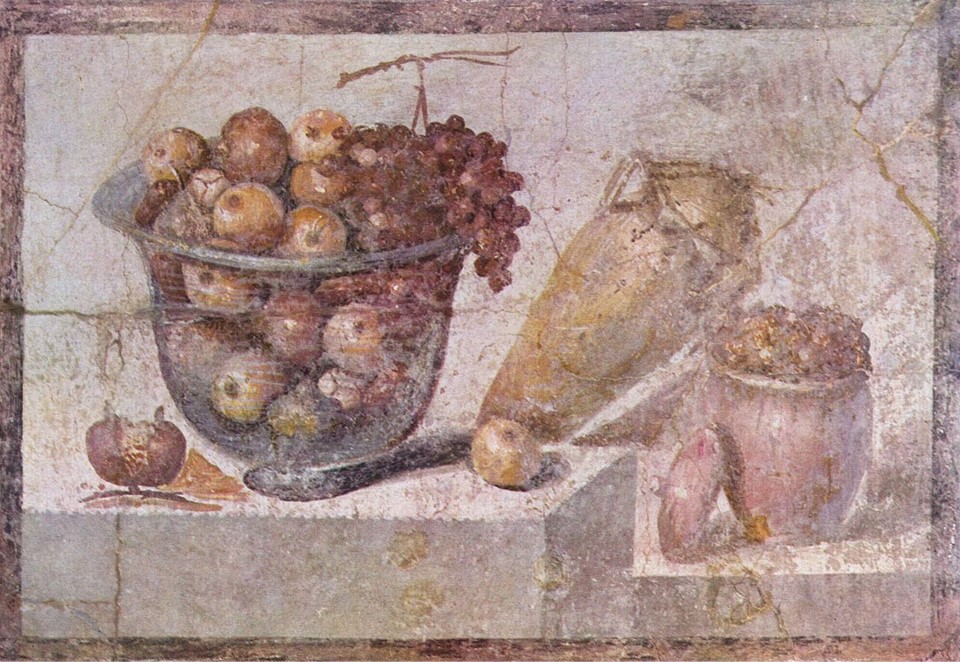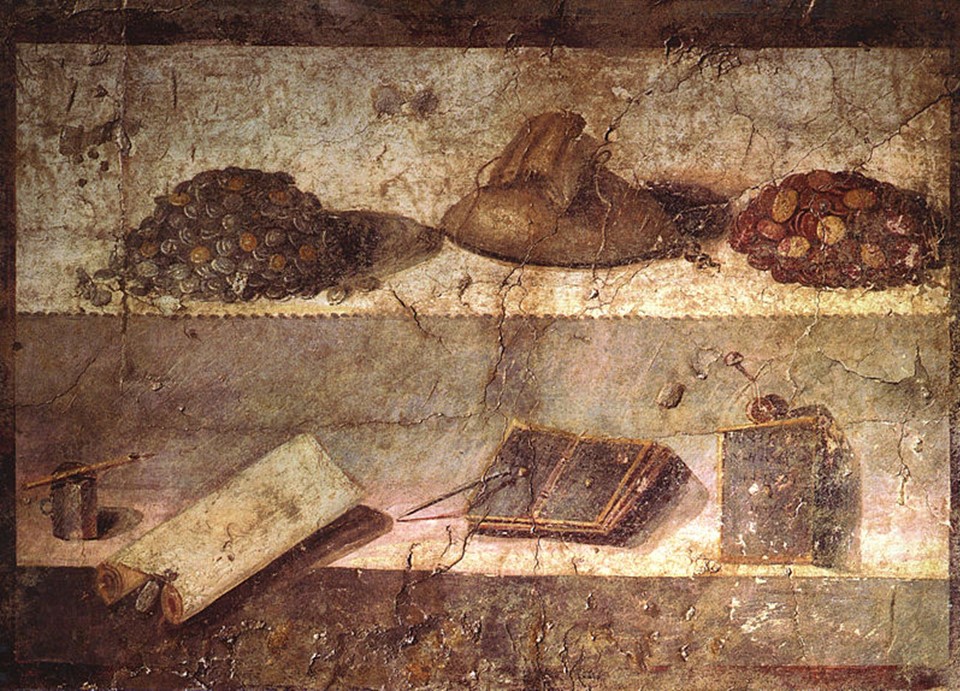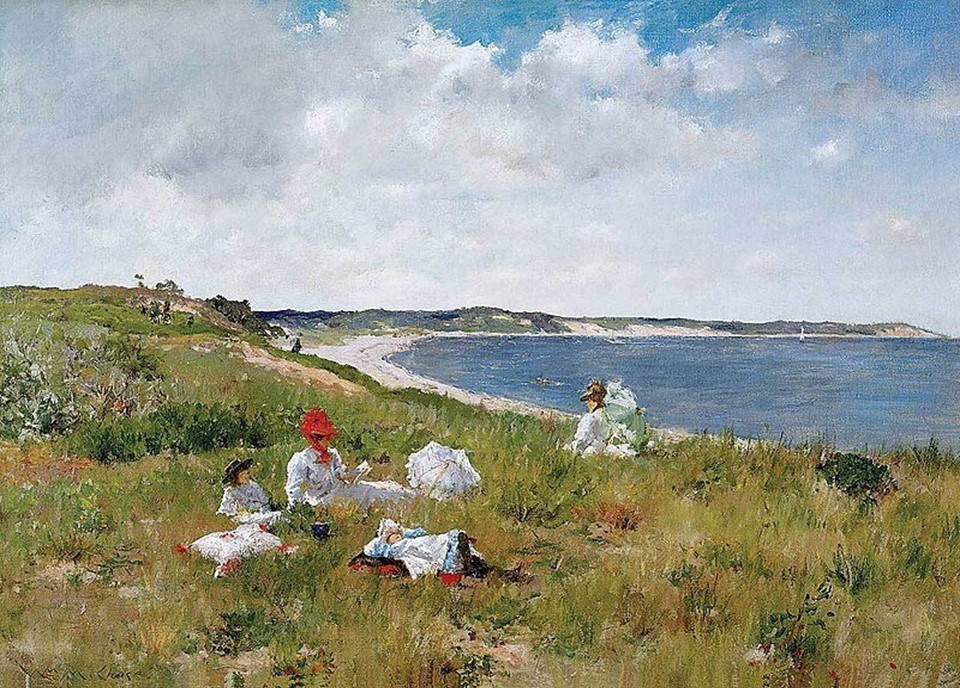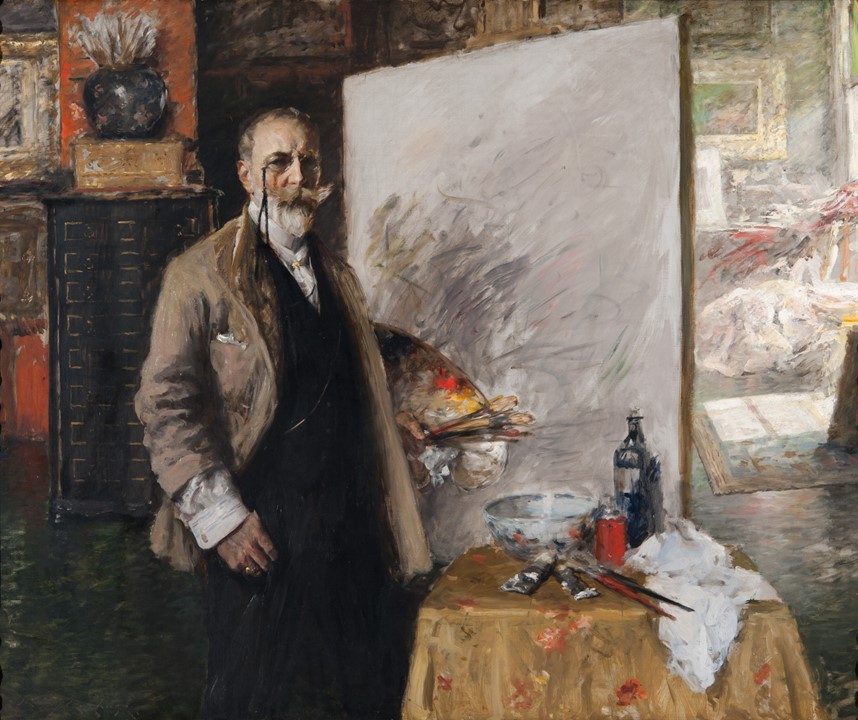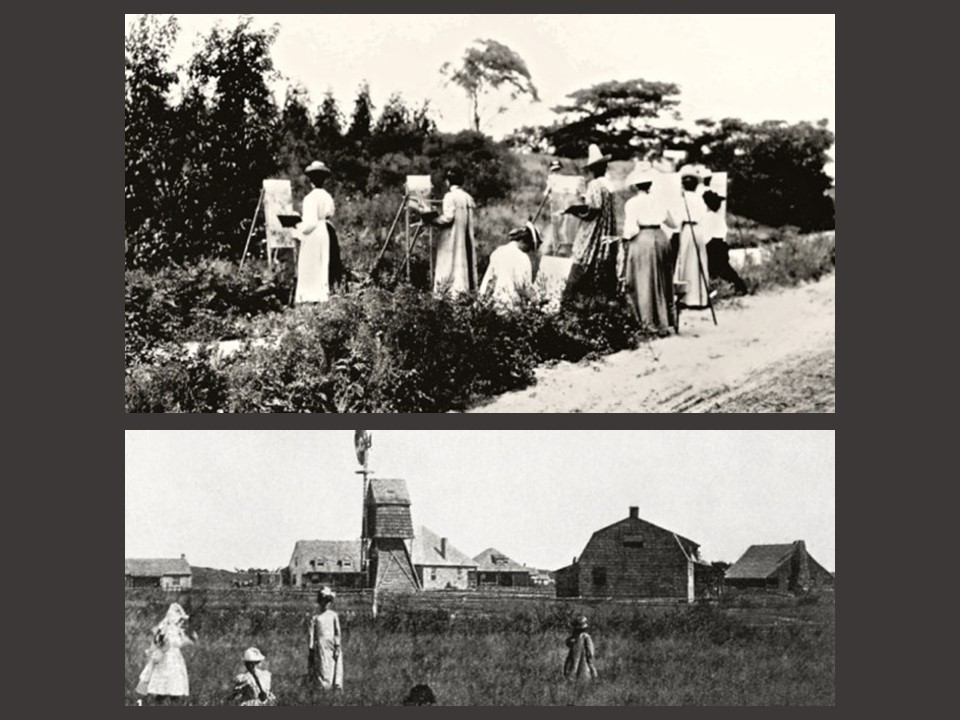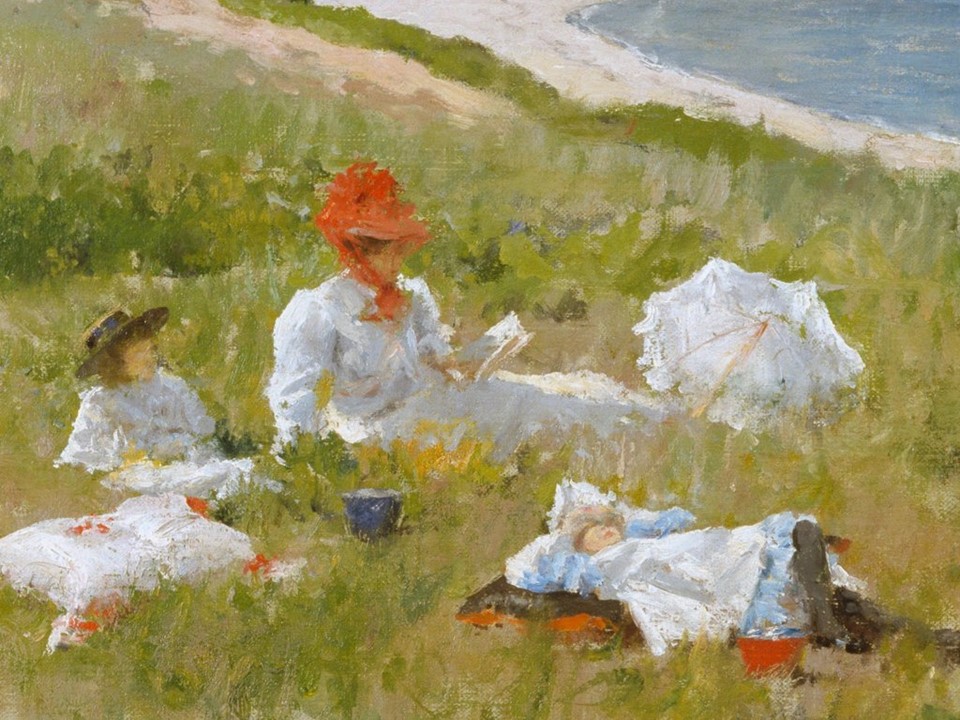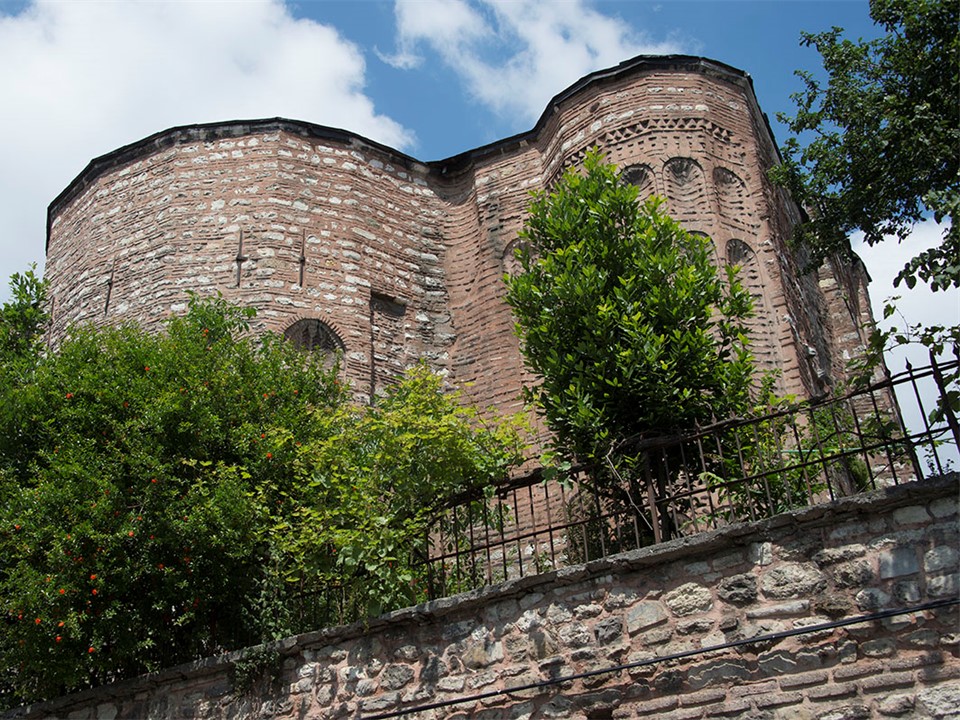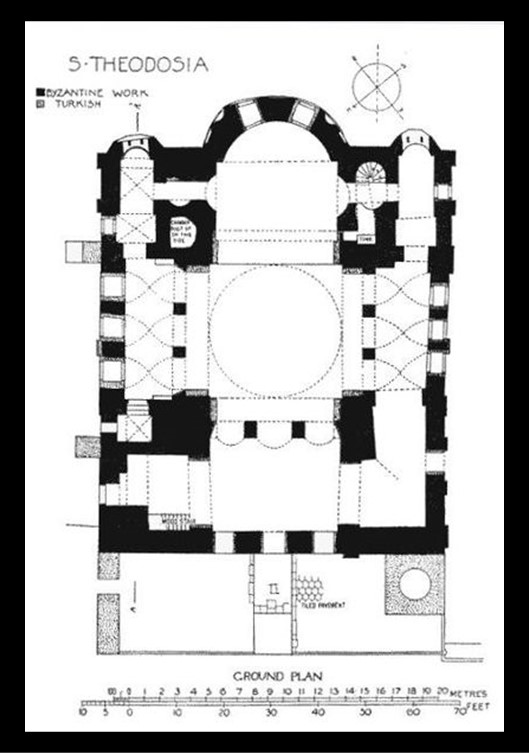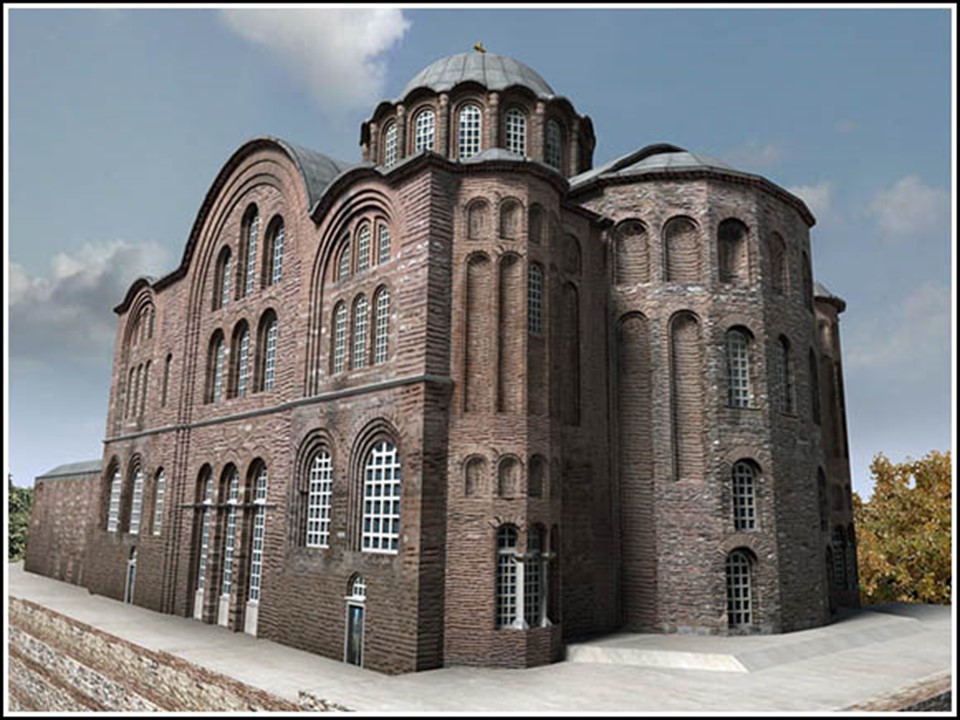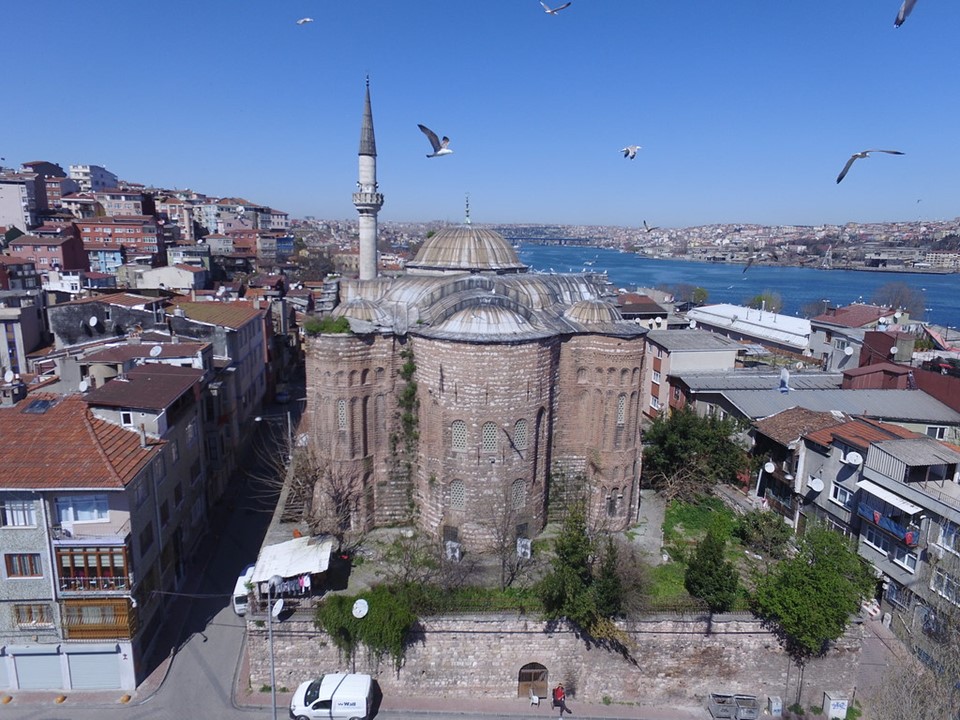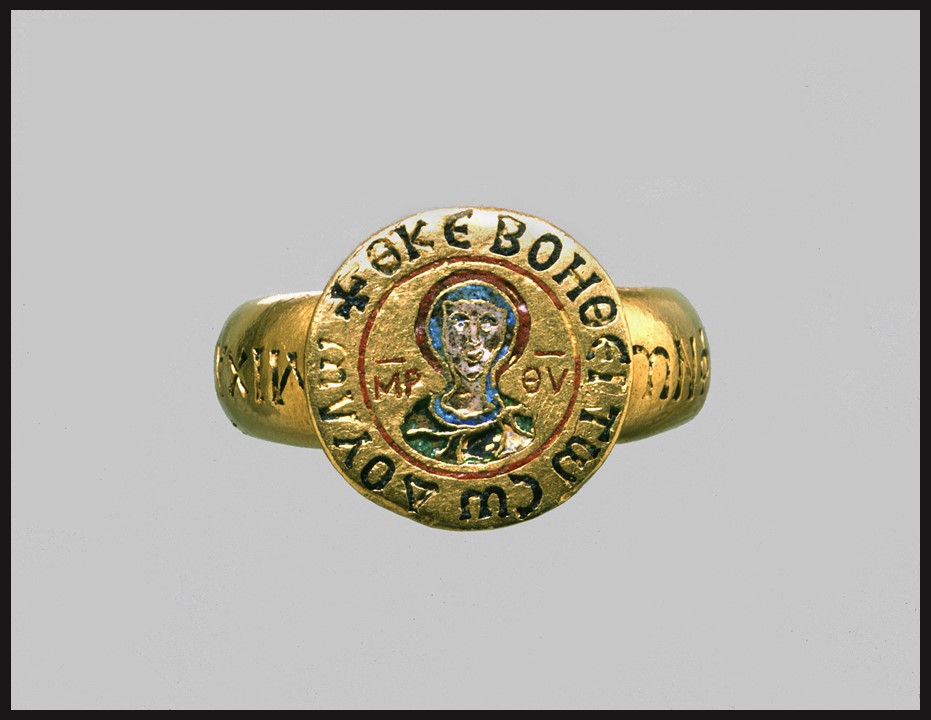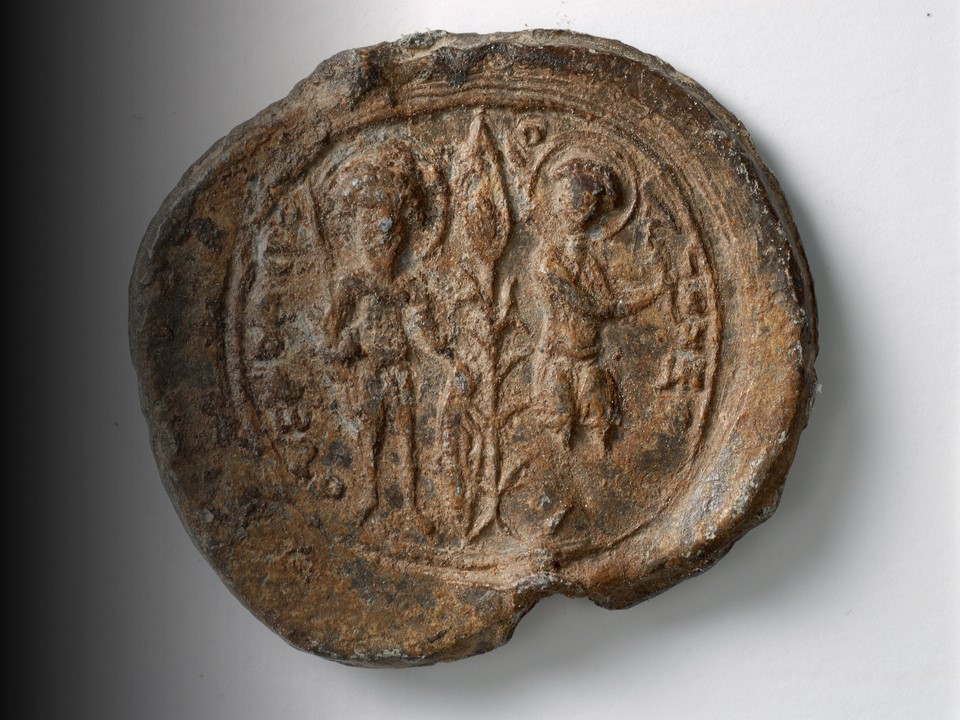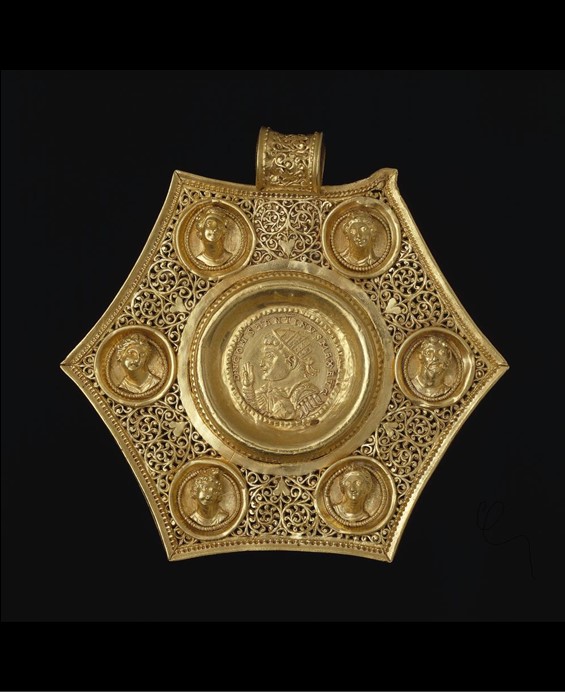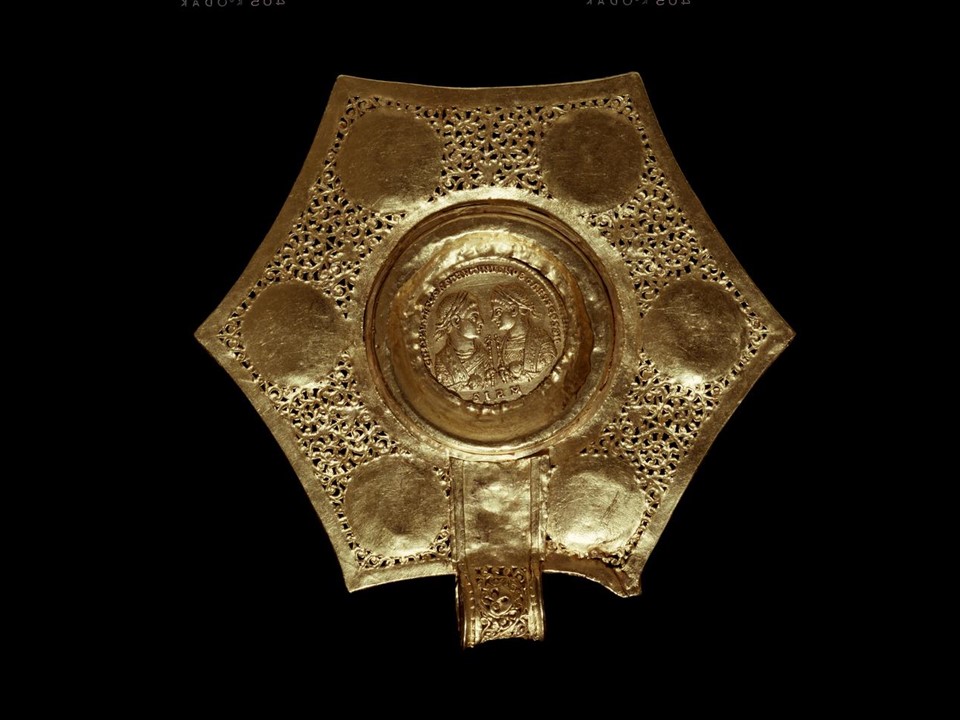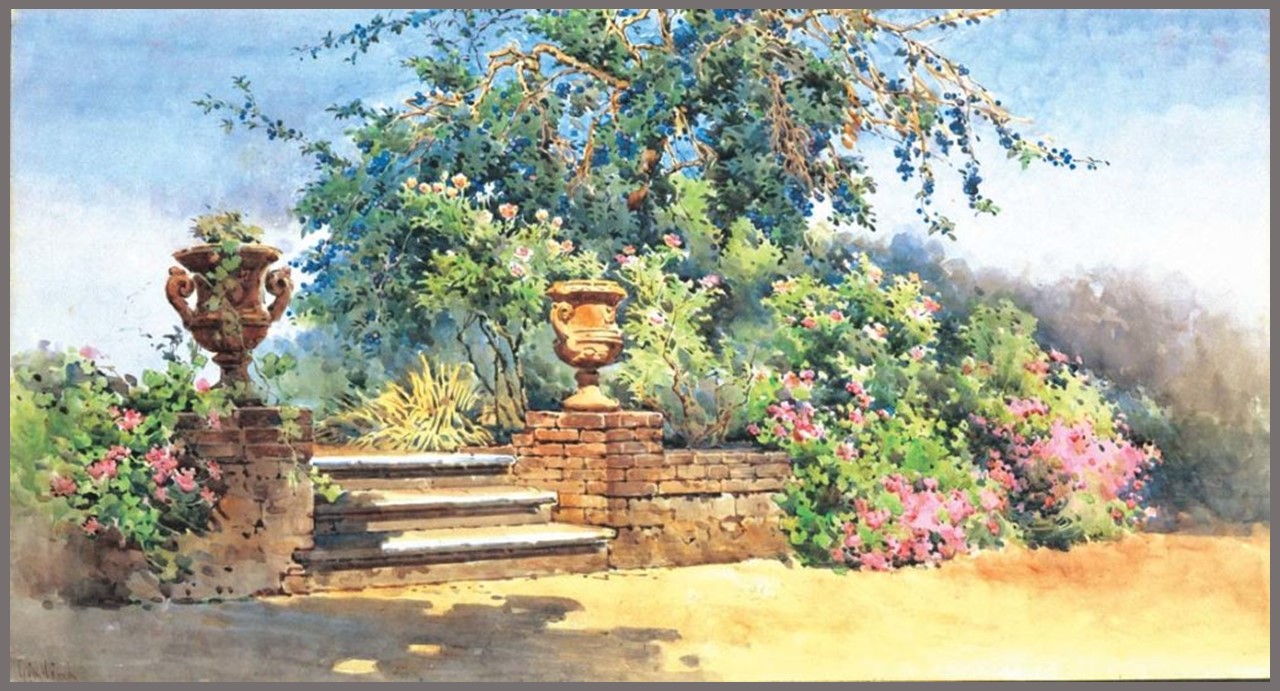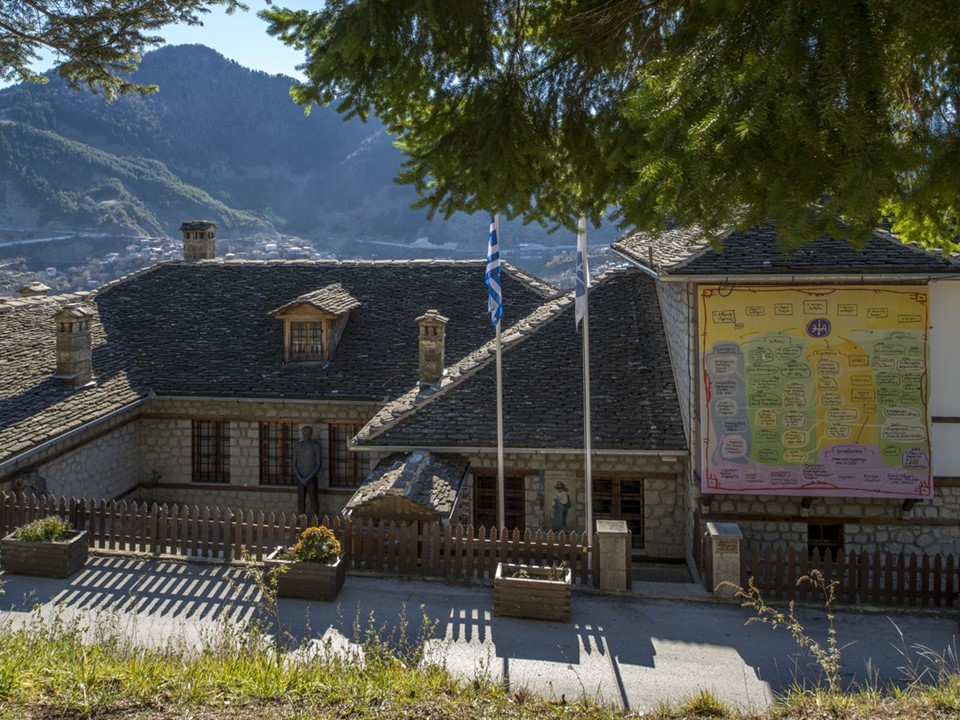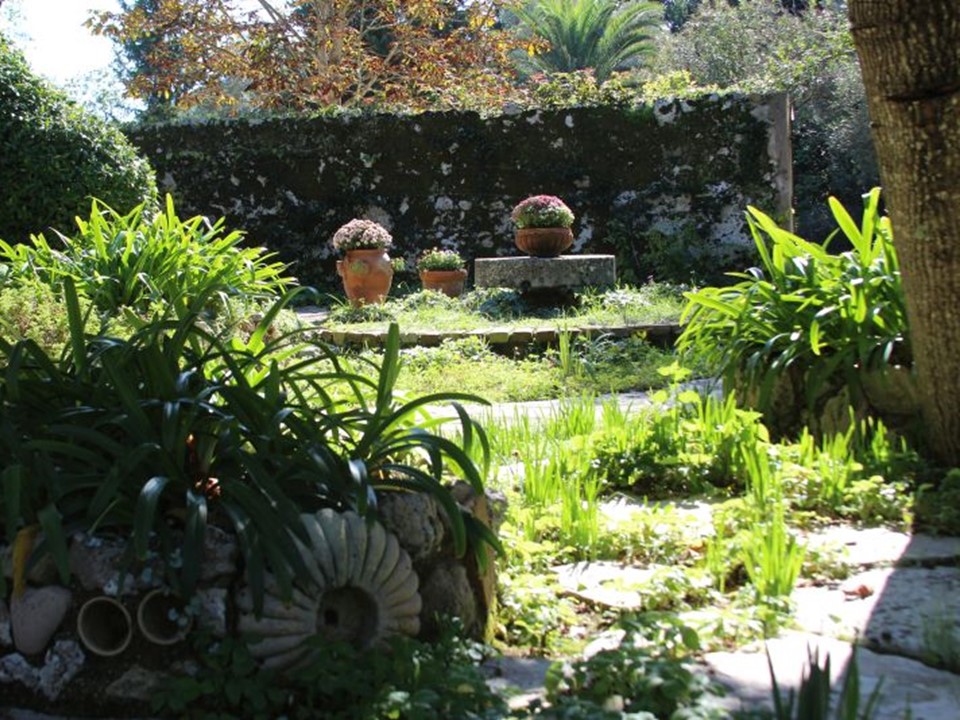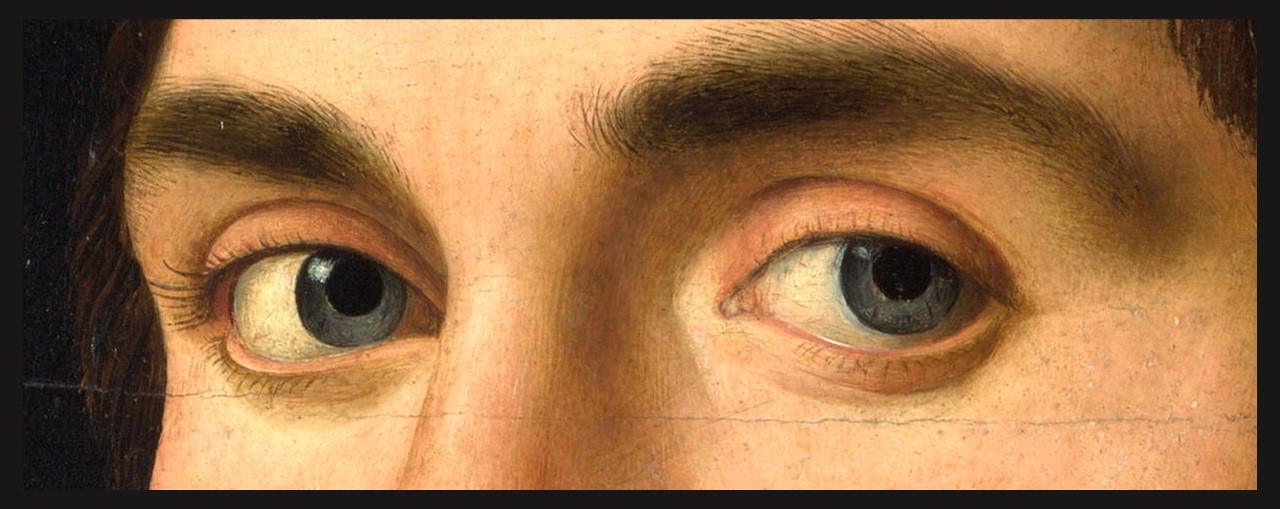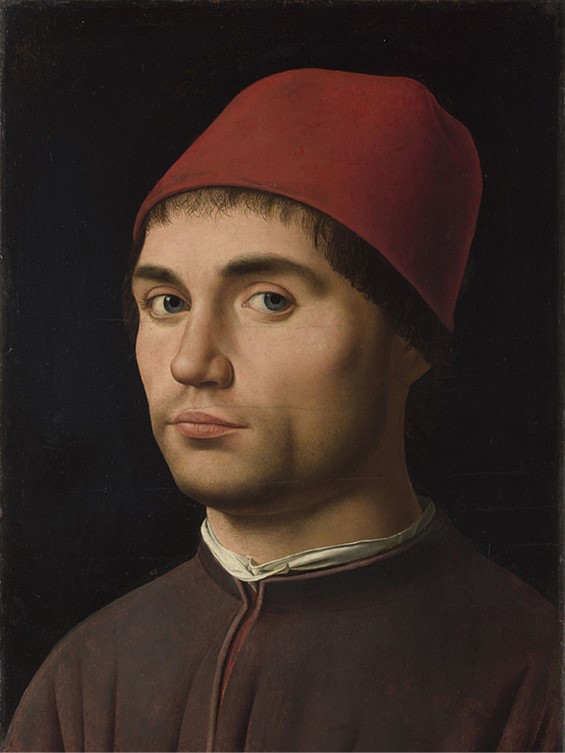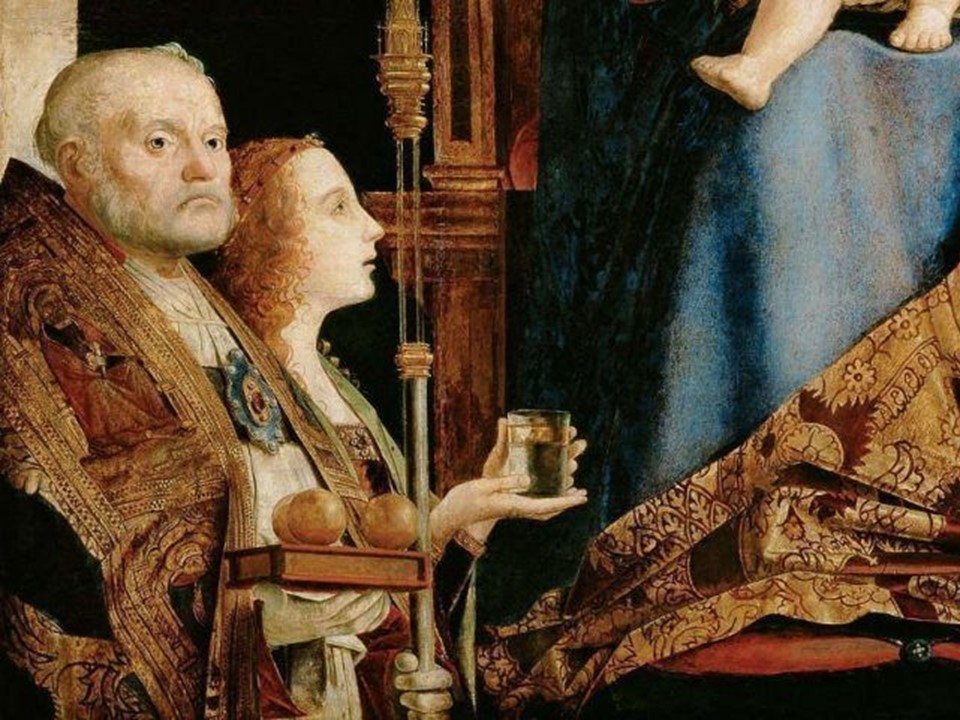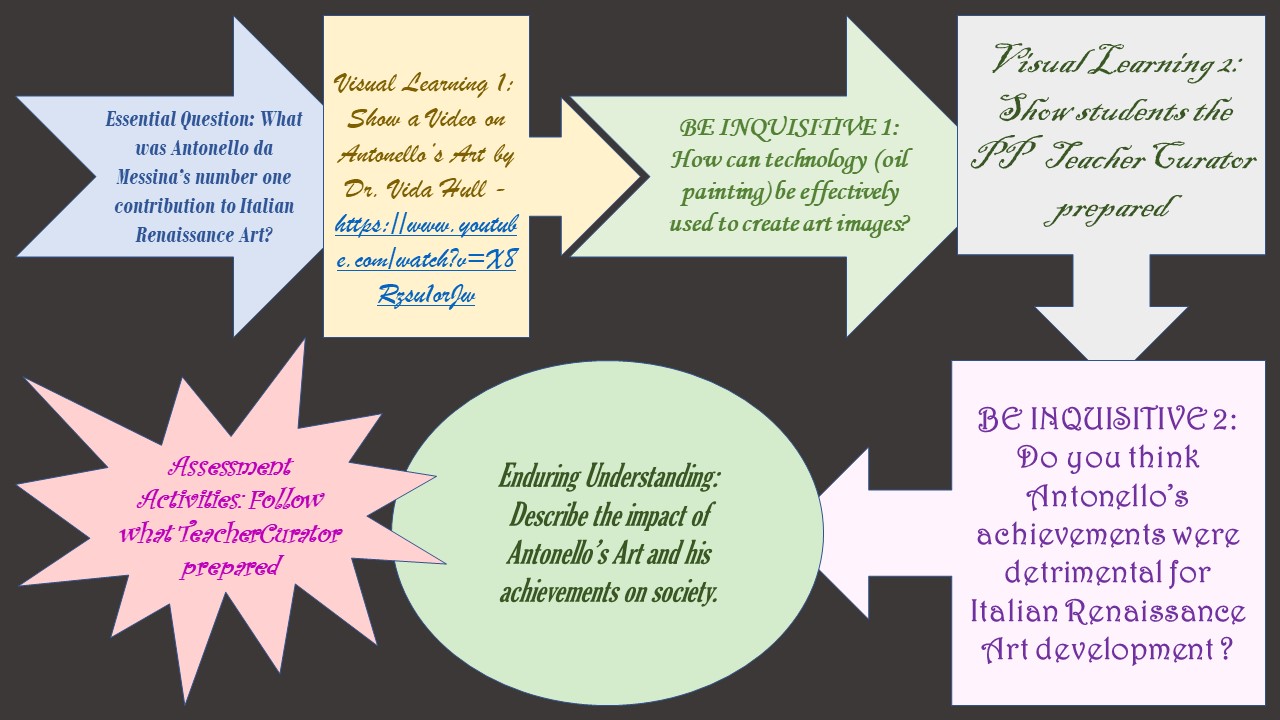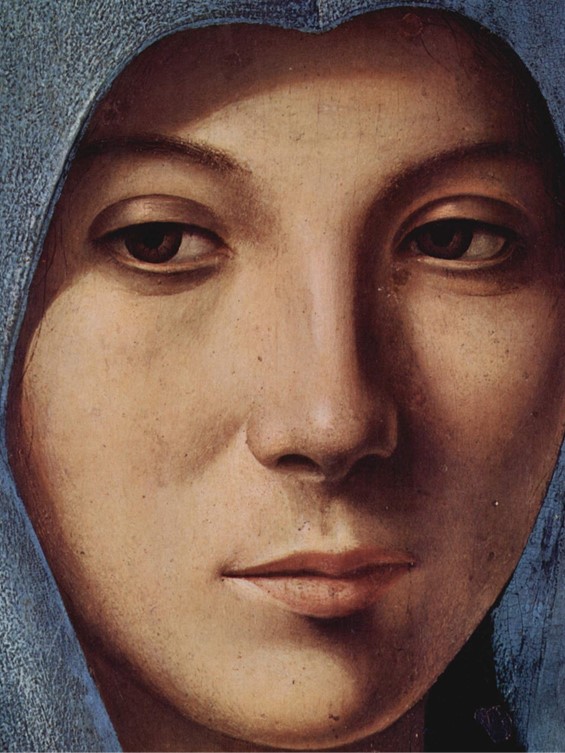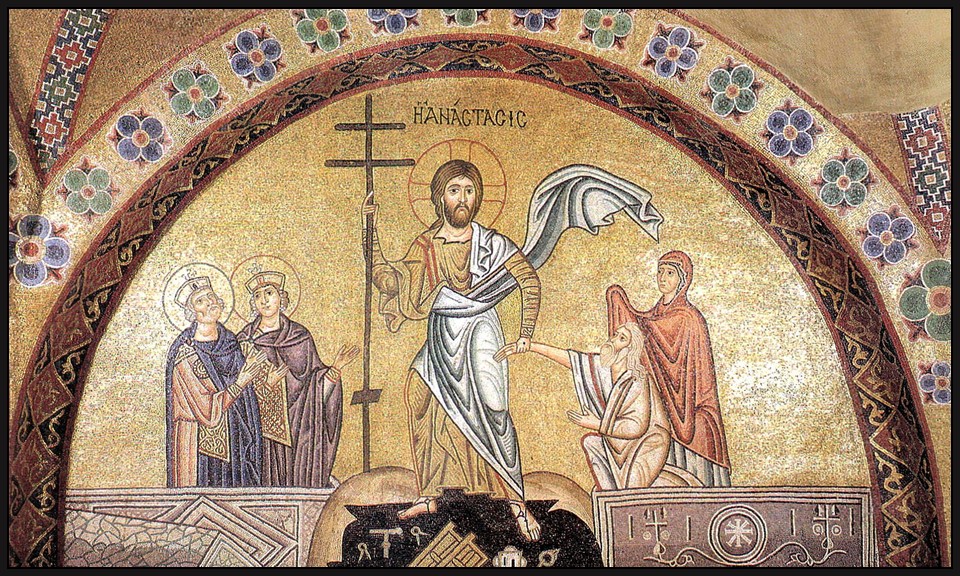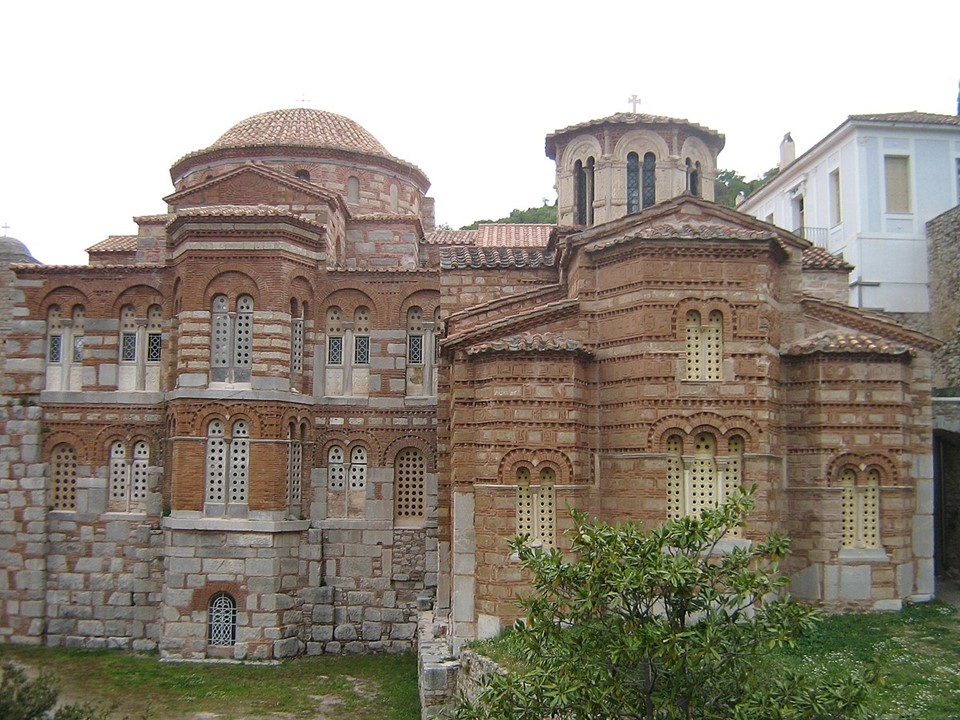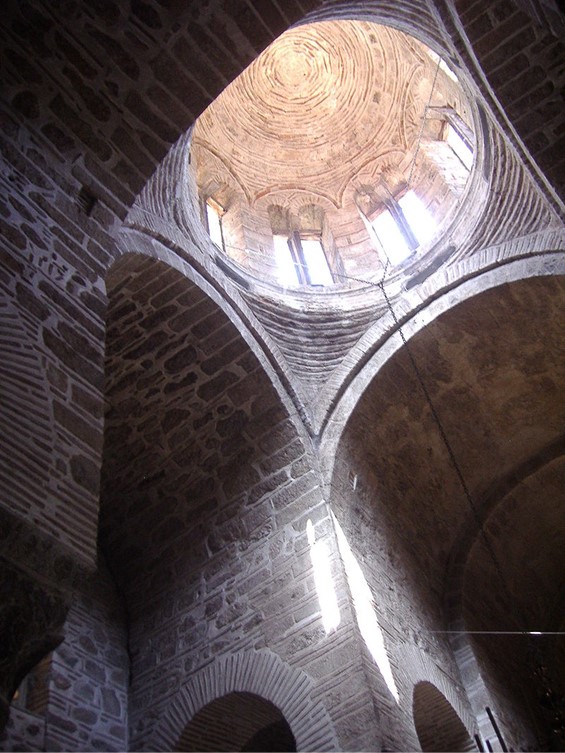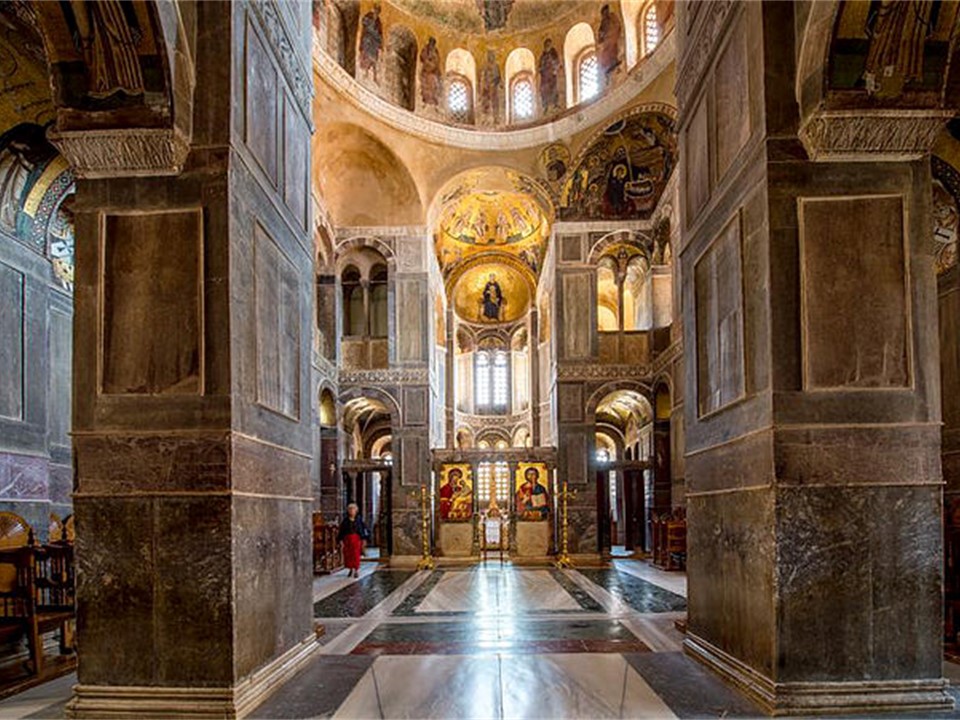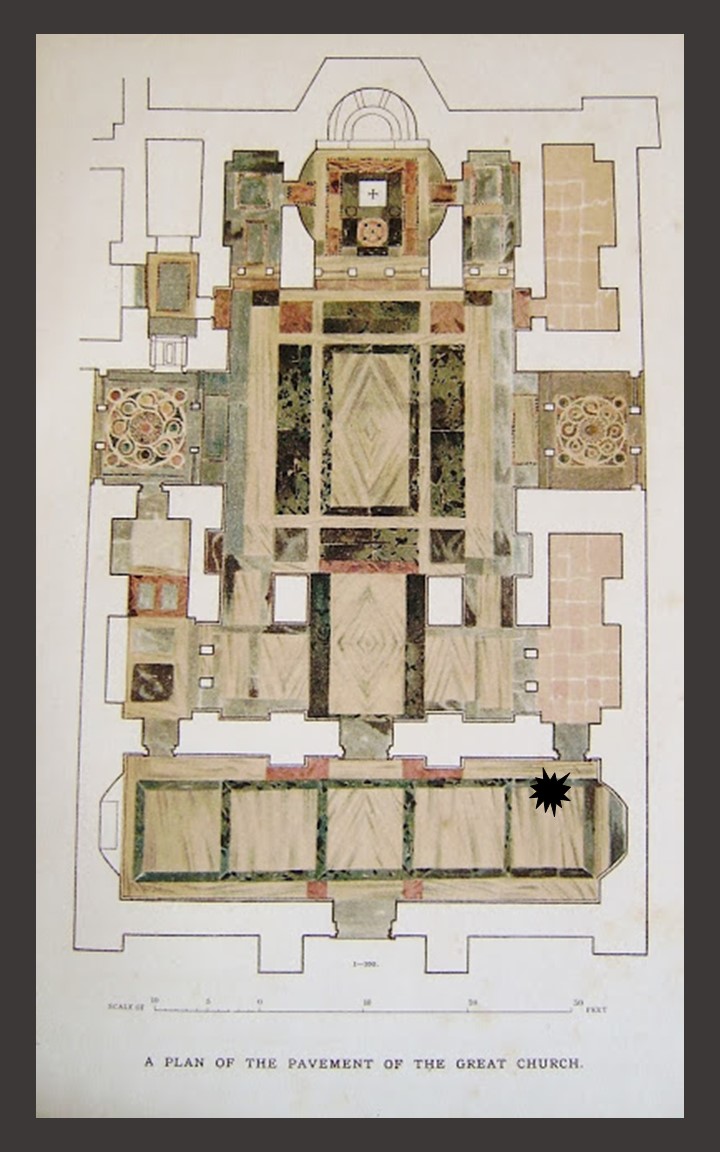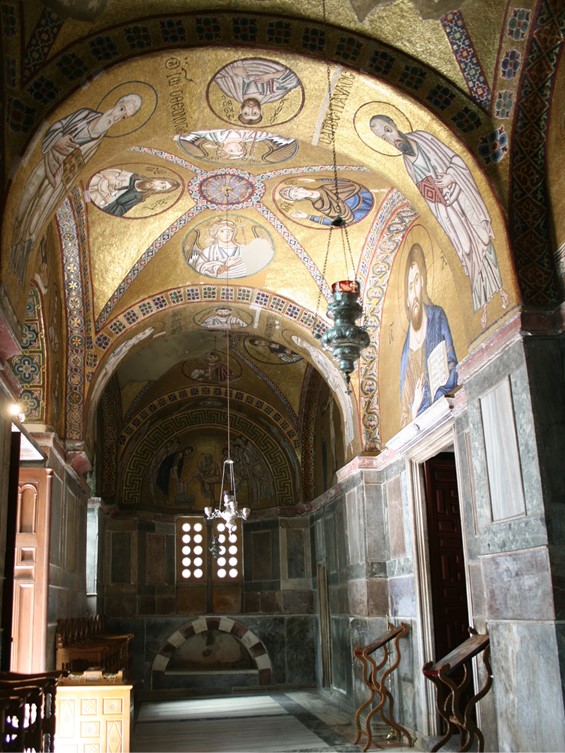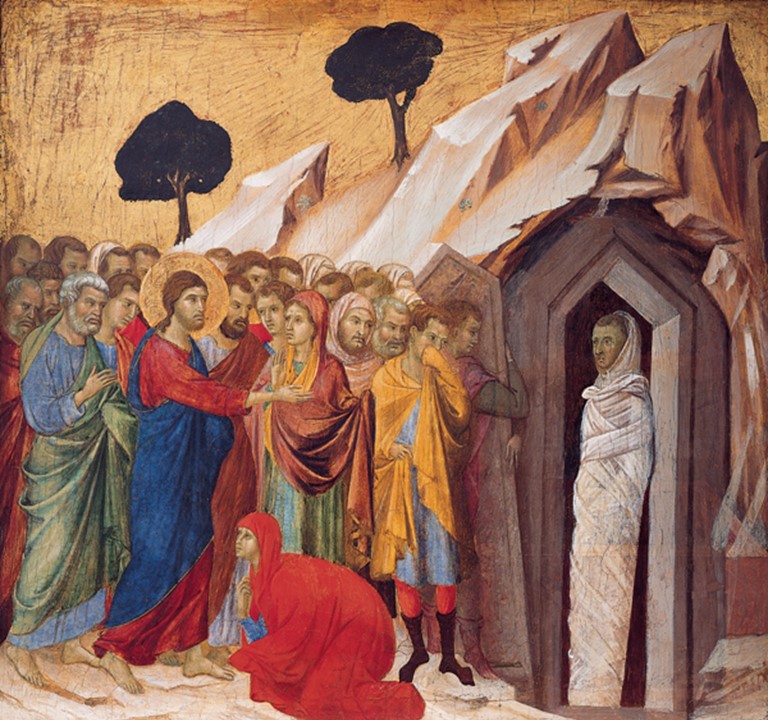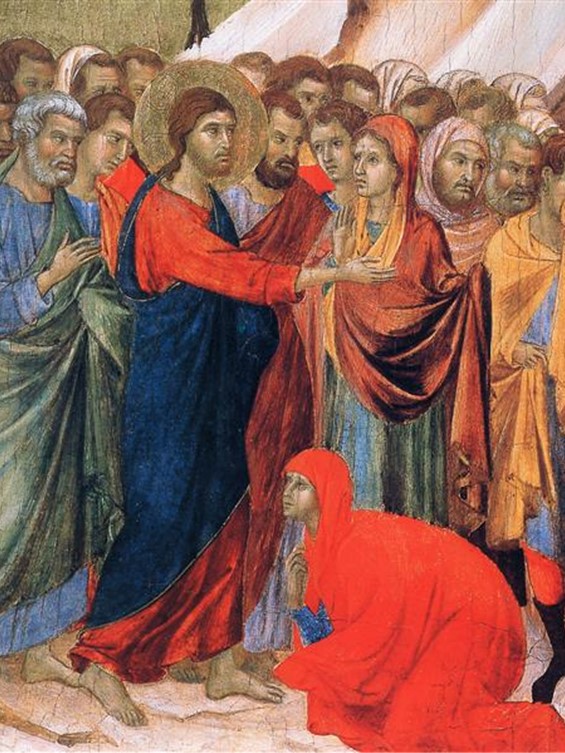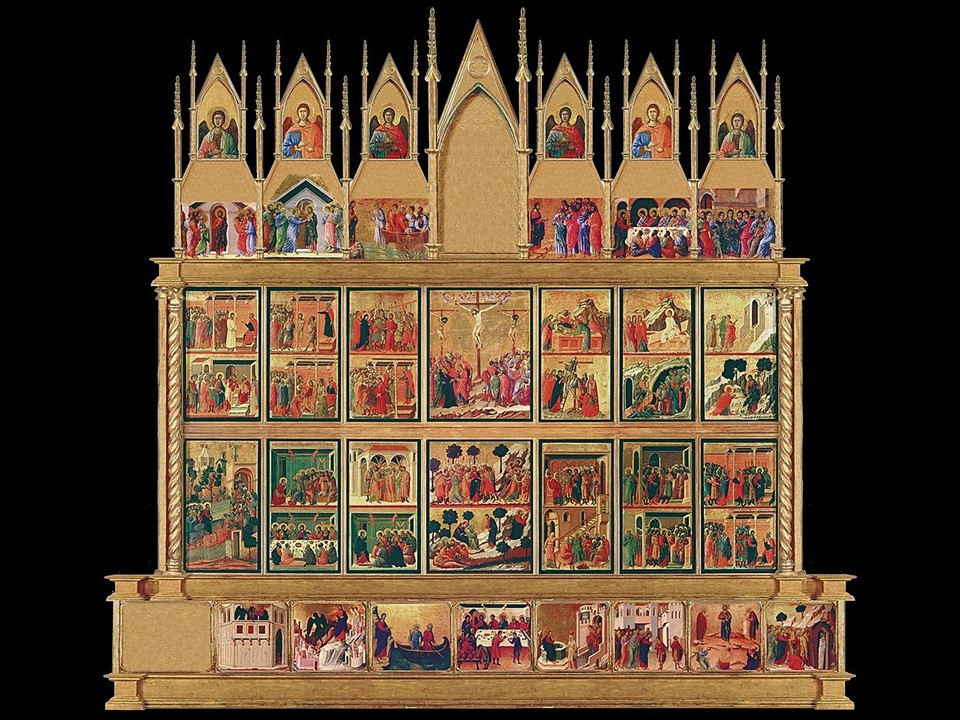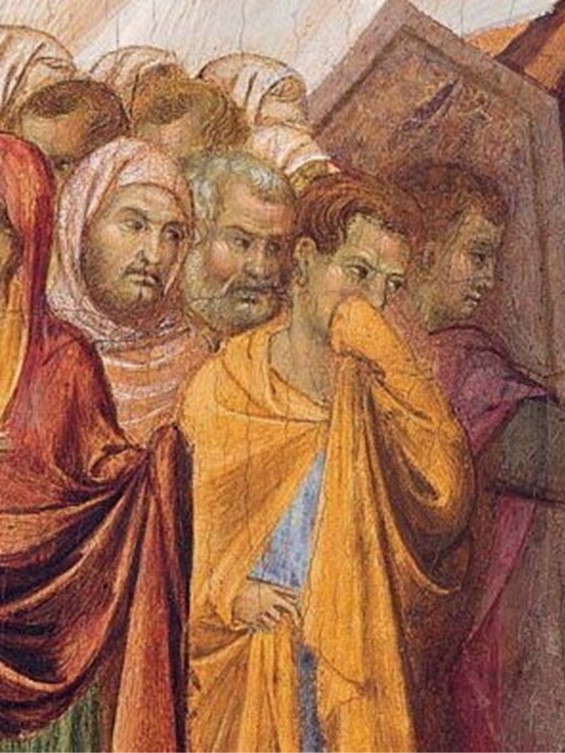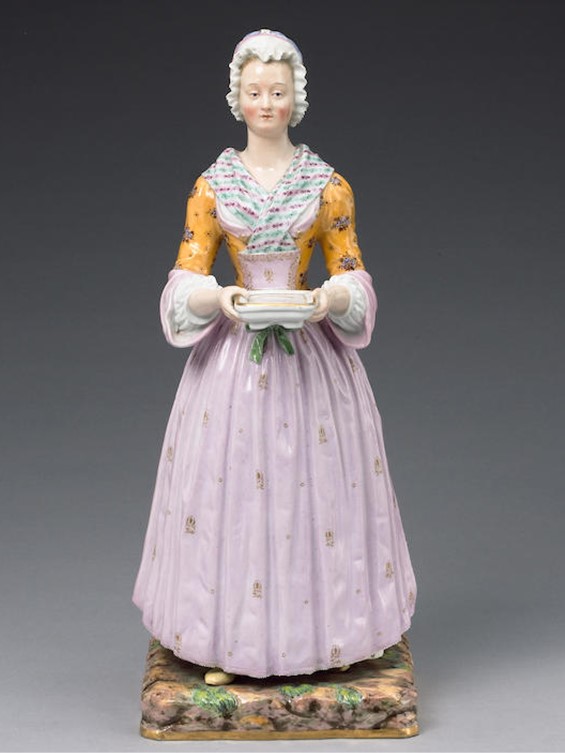
I hate milk chocolate, don’t want clouds / of cream diluting the dark night sky, / don’t want pralines or raisins, rubble / in this smooth plateau. I like my / black, my beer from Germany, wine / from Burgundy, the darker, the better. / I like my heroes complicated and brooding, / James Dean in oiled leather, leaning / on a motorcycle. You know the color. / Oh, chocolate! From the spice bazaars / of Africa, hulled in mills, beaten, / pressed in bars. The cold slab of a cave’s / interior, when all the stars / have gone to sleep. / Chocolate strolls up to the microphone / and plays jazz at midnight, the low slow / notes of a bass clarinet. Chocolate saunters / down the runway, slouches in quaint / boutiques; its style is je ne sais quoi. / Chocolate stays up late and gambles, / likes roulette. Always bets / on the noir. Barbara Crooker, the author of More, wrote Ode to Chocolate and my mind travels back in time when Chocolate was… all the rage… and A Meissen Figurine of La Chocolatière the latest in the Art of Porcelain! https://www.tweetspeakpoetry.com/2014/02/12/8-chocolate-poems-love-chocolate/
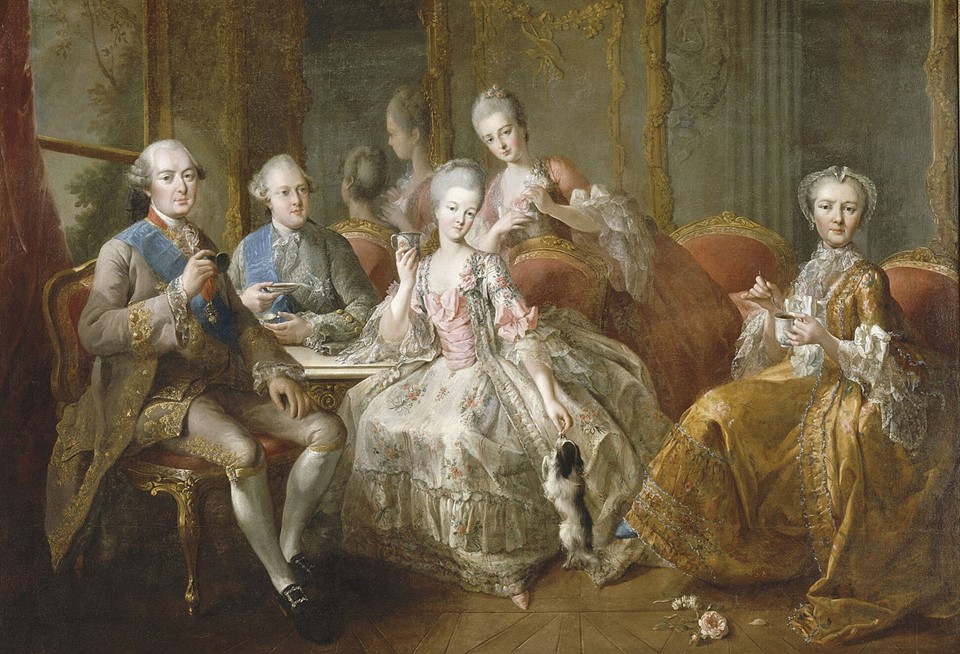
The family of the Duke of Penthièvre called la tasse de chocolat, 1768, oil on canvas, 176×256 cm, Palace of Versailles, France https://commons.wikimedia.org/wiki/File:La_famille_du_Duc_de_Penthi%C3%A8vre_dit_la_tasse_de_chocolat.jpg
Three hundred years ago drinking Hot Chocolate was the latest fab in fashionable cities like Paris, London or Bath… At home, or in trendy chocolate houses the elite of Europe would gather and indulge on the silkiest smooth, most aromatic, succulent chocolate from Latin America… Chocolatières could make, and money could buy! Recipes varied by adding vanilla or cinnamon, nutmeg, milk and sugar so as every chocolate drinker’s palette be satisfied. And that was not enough… The grandest porcelain factories in Europe competed to produce the finest, most stylish, and expansive tableware this delicate, mouthwatering drink demanded! Chocolate pots had shorter spouts and lower handles than coffee pots and often had hinged finials to allow the molinet (a wooden ridged stick to roll and mix grated chocolate) to be inserted. Two handled chocolate cups with their matching covers and saucers were distinctively different in style to tea or coffee cups and increasingly elegant designs were manufactured by leading porcelain factories such as Meissen in Dresden, Sevres in France or Worcester in England. https://museumofbatharchitecture.org.uk/hot-chocolate-in-the-18th-century/
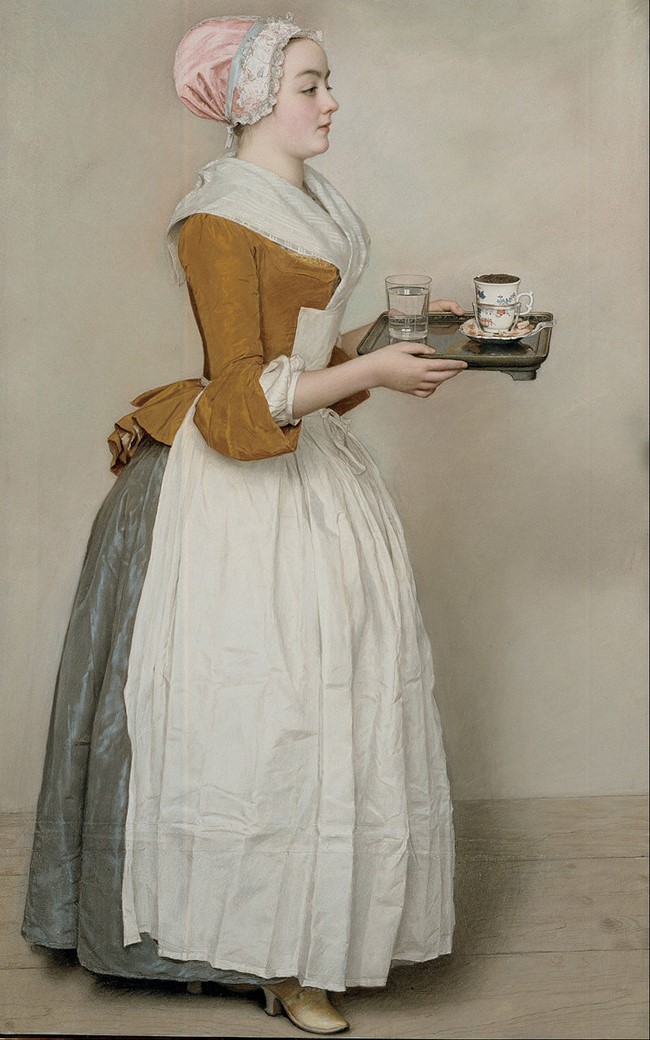
The Chocolate Girl, 1744, pastel on parchment, 82.5×52.5 cm, Gemäldegalerie Alte Meister, Dresden, Germany https://commons.wikimedia.org/wiki/File:Jean-Etienne_Liotard_-_The_Chocolate_Girl_-_Google_Art_Project.jpg
The Meissen Figurine of La Chocolatière is a wonderful Rococo-inspired example of the European Chocolate fashion of the 19th century. The figurine copied Jean-Étienne Liotard’s pastel painting of The Chocolate Girl exhibited today in the Gemäldegalerie Alte Meister in Dresden. Described by the Bonhams porcelain experts… the maidservant stands wearing a lace-trimmed bonnet, her dress decorated with colourful floral sprigs, holding a rectangular tray out before her, set on a square rocky base… This is a beautiful figurine to remind us of the small pleasures in life and help us celebrate World Chocolate Day! https://www.bonhams.com/auctions/13951/lot/103/
For a Student Activity, please… Check HERE!
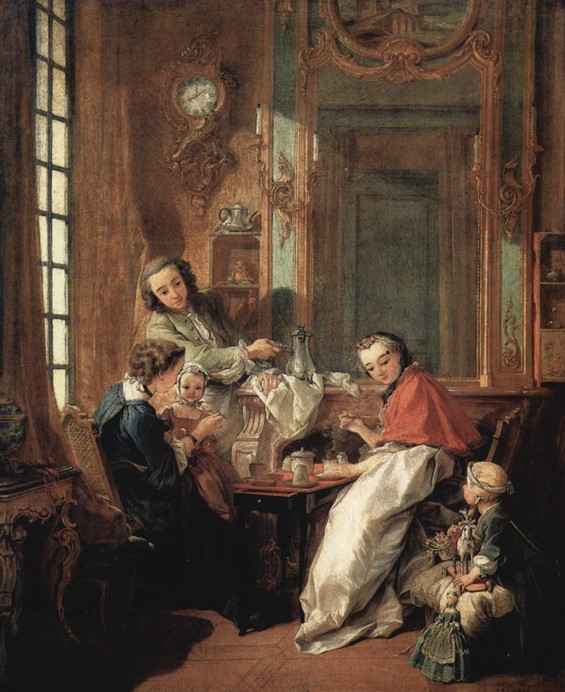
Le Déjeuner, 1739, oil on canvas, 81.5 x 61.5 cm, Louvre Museum, Paris, France https://commons.wikimedia.org/wiki/File:Fran%C3%A7ois_Boucher_002.jpg
